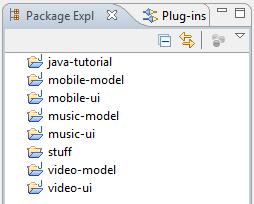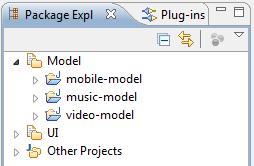Nested classes, eg. anonymous classes, are often more convenient than creating separate classes, especially when working with something like the Command pattern or event listeners. For example:
JButton button = new JButton();
button.addActionListener(new ActionListener() {
@Override
public void actionPerformed(ActionEvent e) {
// ... Do something useful
}
});
But there comes a point when the nested class becomes so bulky that code becomes unreadable. And sometimes you want to reuse the same class in another place – something that’s difficult with anonymous inner classes.
The answer would be to change the nested class into a top level public class (or a first-class citizen, if you like) that exists in its own file (eg. SomethingUsefulActionListener.java). But doing this manually can take a lot of time and is error-prone.
Eclipse has a couple of refactorings and quick fixes that help to make the job a lot easier. Converting an anonymous inner class to a top level class requires two refactorings only and will take you a couple of seconds instead of minutes. A (named) inner class takes only one refactoring. And passing arguments to the new class is also easy if you use some of Eclipse’s Quick Fixes.

